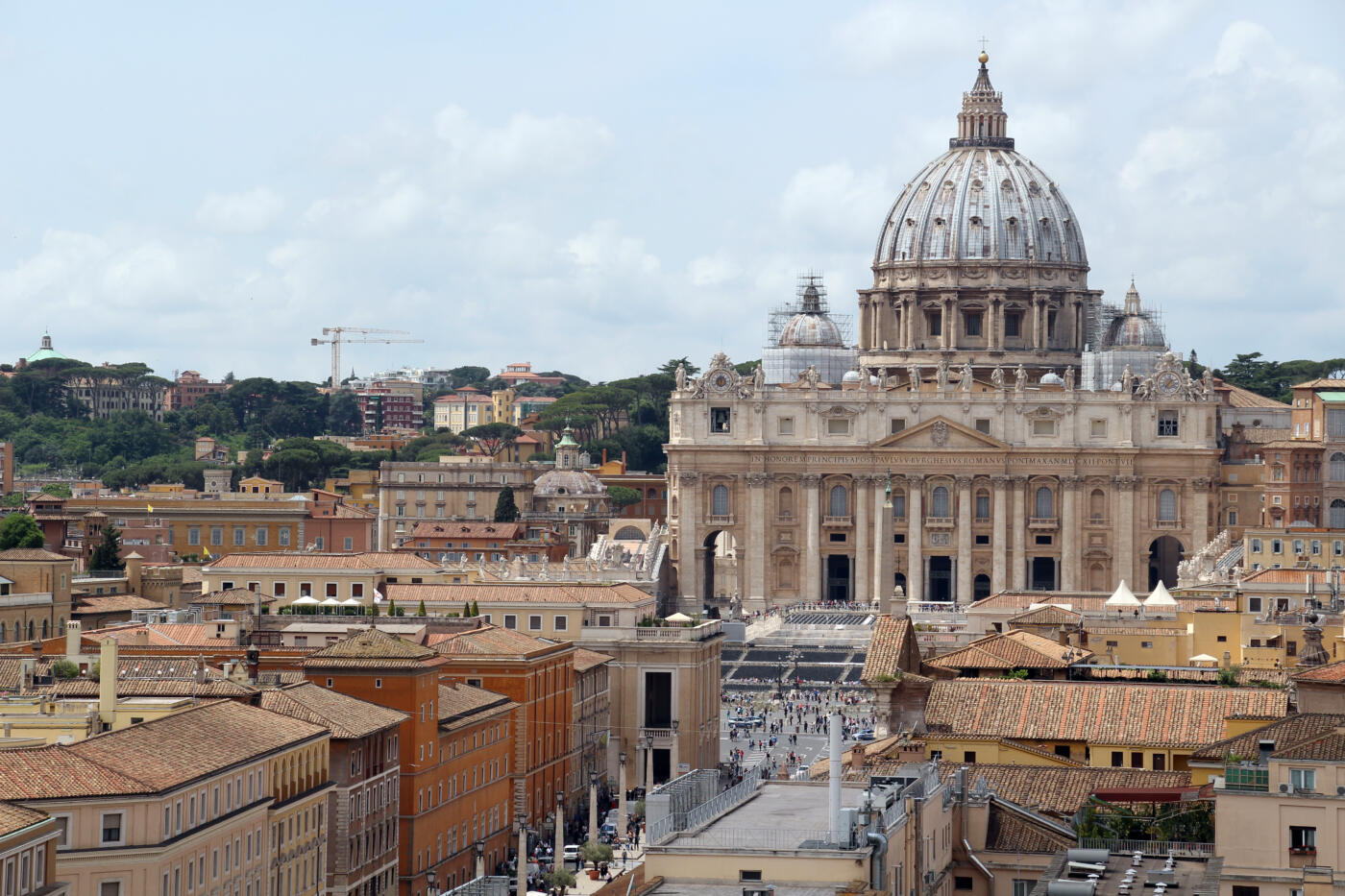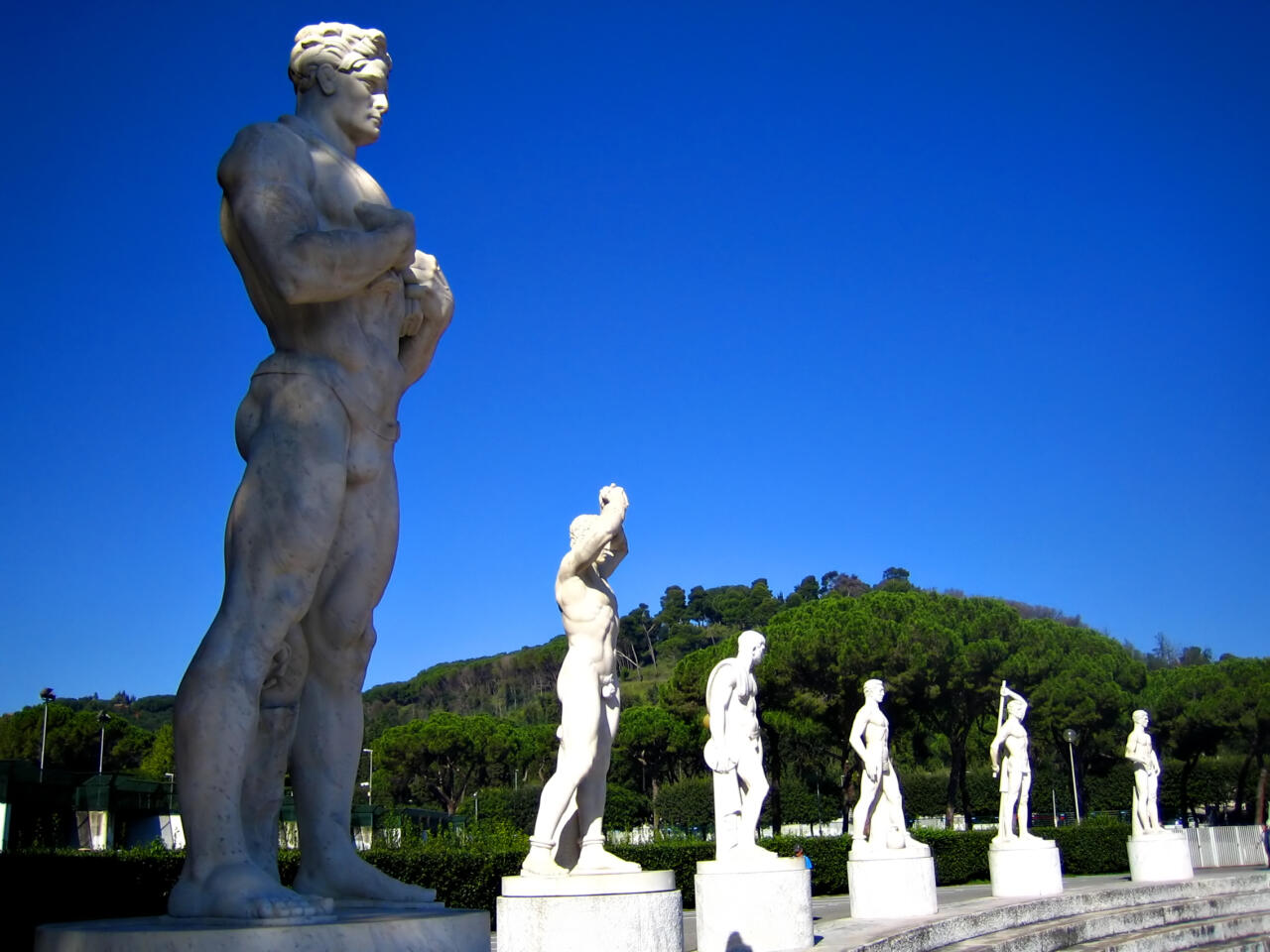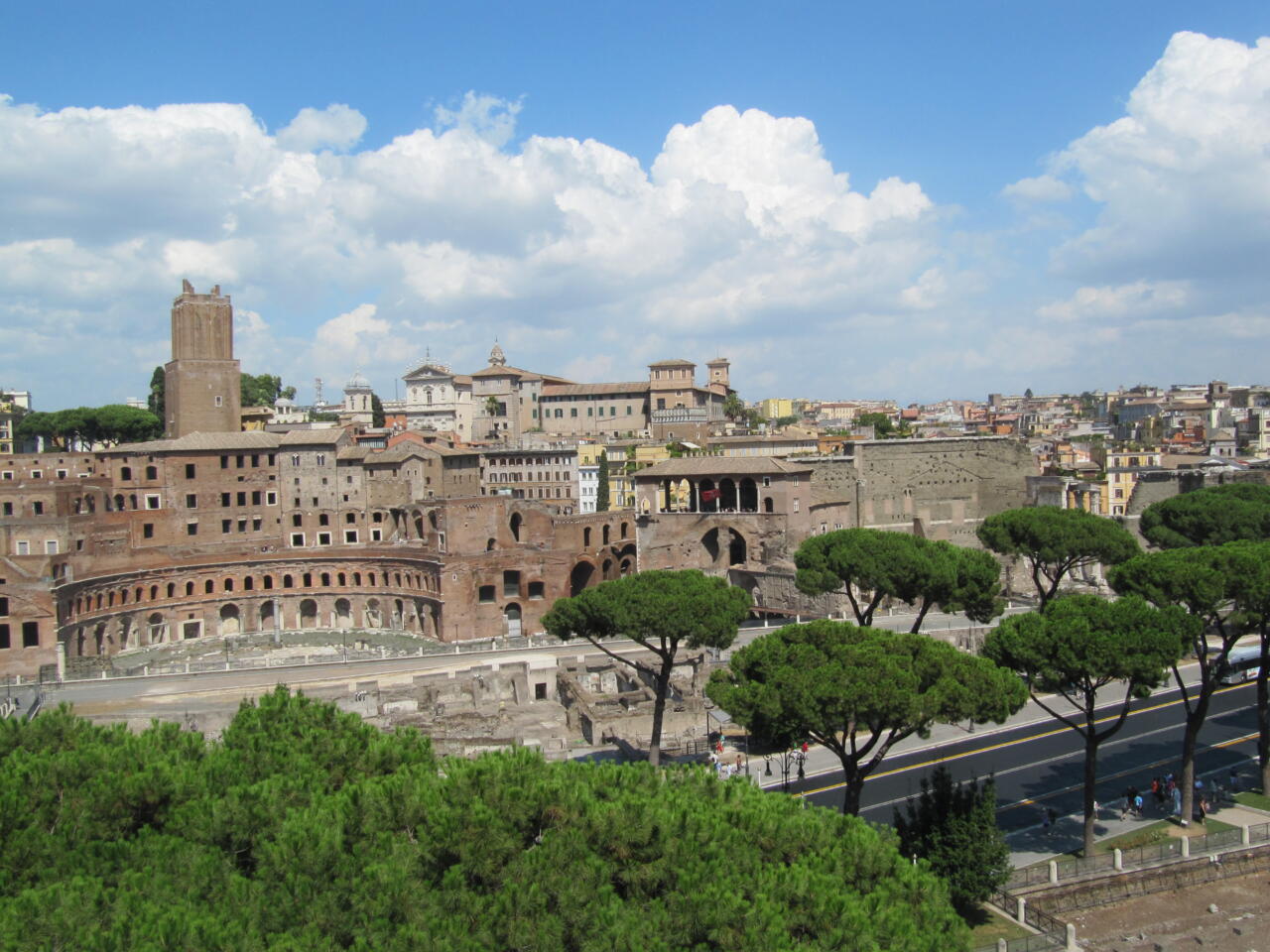
No matter how many times you have been to Rome, it’s unlikely that you would have envisaged a travel itinerary based around the discovery of a series of private historical homes. As we all know, the Eternal City has been shaped by more than two thousand years of history and has fortunately survived countless wars and invasions, not only from barbarians during the time of Ancient Rome, but also much more recently as a result of 20th Century architectural contributions. It is therefore perfectly logical for a visit of this unique ‘Urbe’ to include the ‘usual suspects’, such as the Colosseum and the Imperial Forums, the Vatican and Piazza Navona, encompassing the Pantheon, the Spanish Steps and all the other marvels open to the public. However, these sites can easily become overcrowded with tourists. With the ongoing issue of over-tourism that is affecting many of our ‘cities of art’, this three-day tour will offer you a completely different perspective of Rome, displaying a more noble and hidden, yet far from secret, side of this magnificent city and enabling you to discover private residences that are far from the madding crowds. You will be able to experience Rome without any of the habitual stress and excessively long queues, getting a new perspective of the many historic palazzos dotted around, and the generations who continue to live in them even today. The ideal plan of action? Considering that the distances are relatively short, especially if spread over various days, the ultimate way to travel is on foot (weather permitting, of course). Take your hotel or, why not, the elected private home where you are staying, as your base – some of the residences we will be incorporating also operate as boutique hotels, offering their guests the opportunity to stay overnight in period suites and fully immerse themselves in the city’s incomparable history. Let’s imagine that you have chosen Trastevere as your starting point. Donna Camilla Savelli Hotel is a perfect solution: close to the Botanical Garden and located inside an ancient medieval monastery nestled in the neighbourhood’s winding streets, traces of authentic scenes from Roman times are still clearly visible. The hotel’s grand hall was originally the nuns’ refectory, and the grounds feature a garden, a church and a cave dating back to the 1st century AD. Named after Virginia Camilla Savelli, wife of the building’s commissioner, Pietro Farnese, the hotel was crafted by architect Francesco Borromini in 1642. Be sure to taste the “Renaissance menu” in the restaurant before retiring to bed in the ‘cells’ where the nuns used to sleep.

After visiting the principal attractions in Trastevere and enjoying lunch at one of its characteristic and authentic restaurants (classic choices could include Checco er Carettiere or Enzo al 29), head towards piazza Trilussa and cross the pedestrian bridge over the Tiber, the suggestive Ponte Sisto (built in 1479). This will take you directly to what is considered the true administrative heart of Rome, namely, Municipio 1.
Continue on to Via Giulia, one of the city’s most famous spots, known for its beauty and elegance. Designed by Bramante in the early 1500s, the street was named in honour of Pope Julius II. Continuing through the centre, and going towards piazza San Luigi de’ Francesi, we find ourselves in front of Palazzo Patrizi Montoro, another a historical residence open to visitors which is now used as an event venue in the Sant’Eustachio district and houses an impressive collection of paintings. After passing by the workshop of master luthier Michel Eggimann, you will reach Corso Vittorio Emanuele. Take a stroll down Via dei Filippini and Piazza dell’Orologio, a former market for second-hand goods. From here, make your way to Via di Monte Giordano to visit Palazzo Taverna, a 15th-century property constructed on the ruins of a fortress. Inside, it is possible to observe the 17th-century Casoni fountain, the 19th-century Augusta Tower and collections of paintings by Sebastiano Ricci and Rosa da Tivoli in the grand halls of the piano nobile first floor. Palazzo Taverna is also a splendid location for private events and wedding celebrations. Piazza Navona is but a five-minute walk away, with its three spectacular fountains and the Church of San Luigi dei Francesi that is home to three masterpieces by Caravaggio and is dedicated to St. Matthew. Our next stop is the National Roman Museum at Palazzo Altemps.

Before entering the piazza, follow Via di Monte Giordano and call in at Navona Palace Luxury Inn, designated a national monument since 1951. From its windows, you can see the Church of Santa Maria della Pace, as well as one of Rome’s historic venues, Bar del Fico. The inn offers not only overnight accommodation, but also the Navona Salus luxury spa, where guests can relax and be pampered with wellness treatments. Palazzo Massimo Lancellotti De Torres is situated in Piazza Navona itself. Designed by Pirro Ligorio, it was built by Luis De Torres in 1552. It became the home of the Lancellottis in 1625, and the family still reside there today, renting it out for special events and opening it to the public on specific occasions. From there, continue toward the Pantheon, originally a pagan temple before being converted into a Christian basilica. It is now the resting place of the Kings of Italy and many renowned artists, including Raphael Sanzio. Here, you will find yourself on the doorstep of another historic site, the house-museum of the Accademia d’Armi Musumeci Greco. Located on the first floor of a 15th-century building that once belonged to Bishop Diego de Valdes, it has been owned by the Musumeci Greco family since 1878. It boasts a rich collection of 19th and 20th-century paintings, together with European and Oriental weapons, and is now used for fencing lessons, cultural events, cooking shows, and as a set for photoshoots and film productions.

Our itinerary then takes us towards Via della Scrofa. On the corner of Via delle Coppelle is Palazzo delle Pietre, originally built before 1400 and now transformed into a historical residence with eight apartments that can accommodate up to 24 guests. Walking along Via della Scrofa, one of Rome’s oldest streets, lined with several palazzos, you will come upon Via del Clementino and Piazza Borghese. Flanking the stupendous Palazzo Borghese is the Galleria del Cembalo, which occupies part of what was the ground-floor gallery of the Palazzo in the 1700s and overlooks a nymphaeum containing magnificent fountains designed by Rainaldi. Initially used to display the Borghese family’s collection of paintings and sculptures, today it serves as a venue for art exhibitions, private events and conferences. The name cembalo, or harpsichord, derives from the palazzo’s irregular shape, which juts out towards the Tiber. The entire complex is considered one of the four wonders of post-Imperial Rome, along with the Farnese Dice, the Caetani Staircase and the Carboniani Gate. We then continue along Via della Fontanella di Borghese to arrive at the Memmo Foundation which since 2012 has launched a new exhibition program entirely dedicated to the contemporary artistic panorama, promoting interaction between artists and the city of Rome. In front of the foundation, inside Palazzo Fendi there is the possibility of trying the experience of Zuma, the first restaurant in Italy by the renowned Japanese culinary brand which lies directly across the street, inside. It is here that via della Fontanella di Borghese becomes via dei Condotti, Rome’s famous luxury shopping street, which takes you directly to Piazza di Spagna and the Spanish Steps at Trinità dei Monti. From there, branch off onto Via dei Due Macelli, circle the Quirinal Gardens, follow via Rasella and you will find on Via delle Quattro Fontane.

Famous for its four fountains, this street has long been associated with the noble Roman families who chose to reside here, including the Mattei, Albani and Del Drago dynasties. This would be the ideal moment to visit the Quirinal Palace, the seat of the President of the Republic, but we do highly recommend booking your entry slot online well in advance. Either before or after your visit, include a stop at nearby Villa Spalletti Trivelli, a luxurious early 20th-century patrician residence overlooking a splendid Italian garden which was transformed in 2004 to cater to sophisticated travellers. Facing the Quirinal Stables and the Montecavallo Gardens is another private historical residence, the Casino dell’Aurora Pallavicini, built by Flemish architect Giovanni Vasanzio between 1612 and 1613 for Cardinal Scipione Borghese. The façade is richly decorated with slabs from Roman sarcophagi dating from the 2nd and 3rd centuries AD, and its windows overlook Quirinal Square and the Fountain of the Dioscuri. The three large windows also offer a view of the 2,000-square-metre hanging garden. Today, the Casino can be rented out for private events and receptions. A mere stone’s throw away on Via della Pilotta is another exquisite example of Roman Baroque architecture in the form of Galleria Colonna, which opens to the public on Saturday mornings and offers private visits for groups of at least 10 people on other days of the week. The gallery displays masterpieces by major 15th and 16th-century artists. The 15th-century apartment of Princess Isabelle can also be viewed; it contains a plethora of precious artworks and showcases nine centuries of history from the Colonna family, who have lived and loved in their residence for 31 generations. We conclude our tour with a promenade through Piazza Venezia, where you can admire the ‘Altare della Patria’ or ‘Altar of the Fatherland’, dedicated to unified Italy’s first king. If you haven’t previously taken this route, you can also walk along Via dei Fori Imperiali, which begins here and leads directly to the Colosseum. Alternatively, from Piazza Venezia, head towards the Capitoline Hill and explore the Jewish Ghetto and the Teatro di Marcello before arriving at the Tiber River, where you can step onto Tiber Island before returning to your starting point in Trastevere.